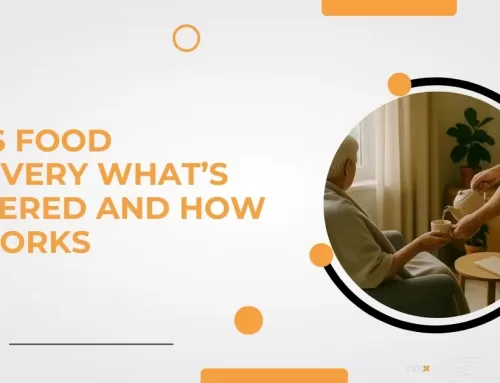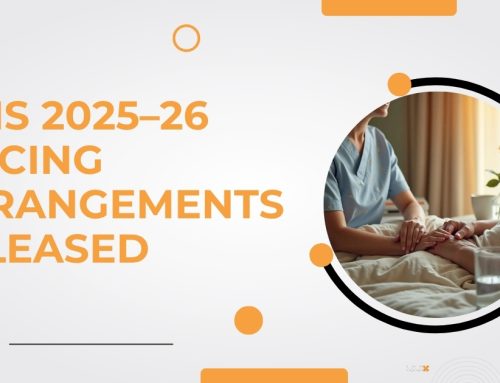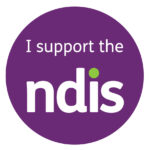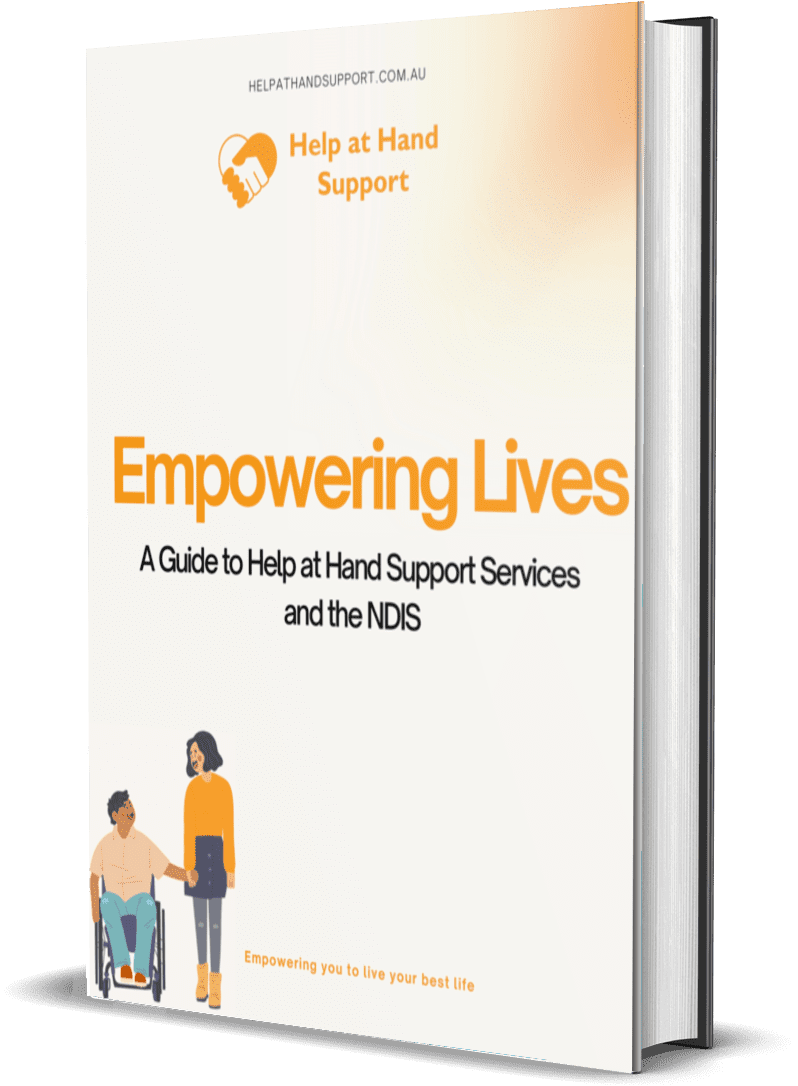The Support at Home program launches on 1 November 2025, replacing the Home Care Package system.
It simplifies aged care by grouping supports into three clear categories, making access fairer and more transparent.
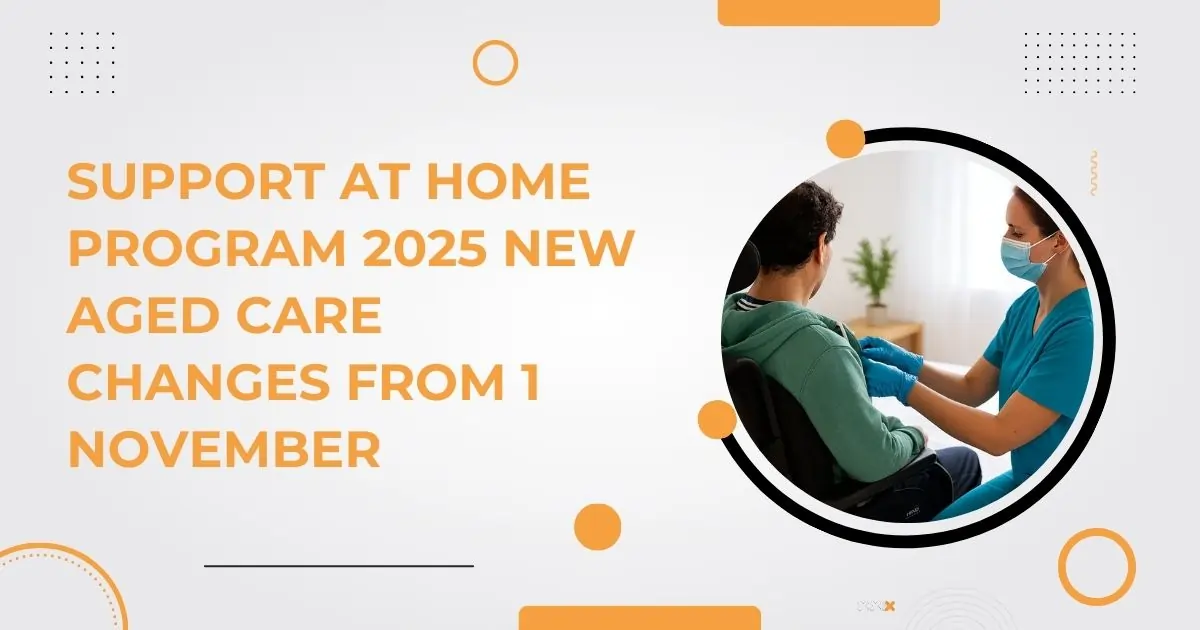
Clinical Care is fully government-funded, Independence Support is shared according to income, and Everyday Living requires a higher personal contribution.
This new model aims to provide older Australians with improved health outcomes, greater independence, and enhanced dignity in their own homes.
What is the Support at Home Program?
The Support at Home program is a new aged care system replacing Home Care Packages from 1 November 2025.
It is designed to be clearer, fairer, and more health-focused, helping families and older Australians understand precisely what is covered and how much they may contribute.
Services are grouped into three categories that reflect priority: Clinical Care, Independence Support, and Everyday Living.
What does Clinical Care cover under Support at Home?
Clinical Care is fully funded by the government and provides essential health services at no cost.
These supports enable older Australians to access care early, avoid unnecessary hospital visits, and maintain their wellbeing at home.
Clinical Care includes services as listed below.
- Nursing, such as wound care and medication management
- Allied health services, including physiotherapy and podiatry
- Dietitian and nutrition advice
- Care planning and health monitoring to stay independent
By focusing on proactive care, this category reduces pressure on hospitals and improves long-term outcomes.
What is included in Independence Support?
Independence Support offers assistance with daily living and community participation, with costs shared according to individual income levels.
This means that people with higher incomes contribute more, while those on lower incomes still have access to essential supports.
Independence Support covers services that help you stay active and connected, as listed below.
- Personal care, like showering, dressing, and grooming
- Social outings, companionship, and transport to appointments
- Therapy supports, including occupational or speech therapy
- Respite care to support family carers
- Assistive technology and home modifications, such as grab rails or ramps
This category strikes a balance between affordability and independence, enabling older Australians to live life their way.
What does Everyday Living include?
Everyday Living covers household tasks and usually requires the highest personal contribution, up to 80% of the cost.
The government prioritises health and independence first, which is why Everyday Living receives less direct subsidy.
Everyday living includes the services listed below.
- Cleaning, laundry, and household chores.
- Minor home repairs or maintenance tasks.
- Meal preparation, cooking, or meal delivery services.
For self-funded retirees, this is where the largest out-of-pocket expenses are likely to occur, while still ensuring a comfortable home environment.
Why does the Support at Home program matter?
The Support at Home program matters because it makes aged care simpler, fairer, and health-focused.
The benefits of the new system are as listed below.
- Clearer – Services grouped into three easy-to-understand categories
- Fairer – Contributions are based on the ability to pay
- Health-focused – Essential clinical services are fully funded
- Flexible – Supports can be adjusted each quarter
- Empowering – More choice in therapies, technology, and social participation
This means older Australians can remain at home with safety, confidence, and dignity, while families gain peace of mind.
FAQs
1. What is the Support at Home program in Australia?
The Support at Home program is a new aged care system commencing on 1 November 2025, replacing Home Care Packages. It groups services into Clinical Care, Independence Support, and Everyday Living to make aged care simpler and fairer.
2. When does the Support at Home program start?
The Support at Home program begins on 1 November 2025. From this date, the existing Home Care Package system will no longer apply.
3. What does Clinical Care cover in Support at Home?
Clinical Care under Support at Home covers essential health services fully funded by the government. This includes nursing, allied health, dietitian support, and care planning.
4. How much do older Australians pay for Independence Support?
Independence Support is shared based on income. Those with higher incomes pay more, while people on lower incomes still receive the support they need for daily living and community participation.
5. What is included in Everyday Living under Support at Home?
Everyday Living includes household help such as cleaning, laundry, minor home repairs, and meal preparation. It often requires the highest personal contribution, up to 80 percent of the cost.
How Help at Hand Support delivers personal care under Support at Home
Older Australians who require assistance with showering, dressing, grooming, or day-to-day activities will find these services included under the new Independence Support category.
At Help at Hand Support, our trained staff provide respectful, person-centred assistance that helps participants stay comfortable and independent.
Learn more about our Personal Care Assistance tailored approach to daily living support.
Check out more from our Blog
Book A Care Consult
We will be in contact with you shortly

